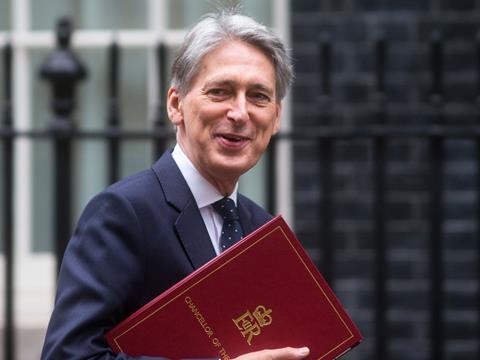
The threat of inflation is looming as UK retailers grapple with rising input costs. So could Philip Hammond ride to the rescue with a surprise VAT cut in next week’s Autumn Statement?
City sources have told The Grocer that the Chancellor has explored pulling VAT back from 20% to its pre-2011 level of 17.5% to boost growth in an uncertain post-Brexit economy and to mitigate rising inflation.
The enduring appeal of a VAT cut is that it’s a simple mechanism for the government to enact, easily understood by consumers and has the potential to impact household spending power quickly - in this case two days before Black Friday.
Research published this week by insurer NFU Mutual claims two thirds of customers would increase spending if VAT were reduced - estimating a deeper cut of 5ppts could provide the average adult with extra spending power of £547 per year.
Grocers would not necessarily be the primary beneficiaries as the vast majority of food and drink products are zero rated. But the potential impact on struggling supermarkets should not be underestimated given many categories - such as alcohol, soft drinks, crisps and confectionery - are in the standard 20% bracket, as are household and other non-food items.
Falling living standards
The potential impact on supermarkets should not be underestimated, says Shore Capital analyst Clive Black. “Inflation will soon be running ahead of salary growth. That means living standards will be falling, so in a broad scheme of things it would be a welcome measure to improve household expenditure,” he says. “From a grocery perspective, the bigger issue is non-food - Asda with George, Sainsbury’s with Argos and Tesco’s non-food business - and you’d expect them to capture a reasonable share of any increased volume activity that would come as a result of any VAT change.”
Inevitably, the idea is not without significant drawbacks - not least its cost. In the last financial year VAT accounted for 22% of HMRC revenues, meaning any reduction leaves a sizable hole in the UK’s precarious public sector finances. EY’s indirect tax executive director Simon Baxter calculates a 2.5ppt cut would cost £15bn, accounting for 0.7% of total GDP.
With plans being drawn up for major investment in infrastructure while departmental budgets are squeezed and the economic uncertainty of Brexit persists, the cupboard may just be too bare to pay for it.
It is also far from settled whether a VAT cut would have the desired effect - an argument that goes back to the Gordon Brown/Alistair Darling temporary cutback to 15% in the depth of the financial crisis in 2008. Subsequent PM David Cameron dismissed the move at the time as an “unbelievable and expensive failure” and analysis of the cut certainly provides a mixed picture.
EY’s Baxter says if the VAT cut had been fully passed on to consumers it should have reduced inflation by 1.5%, but it is only estimated to have cut it by 0.7% as a host of businesses kept the benefits for themselves.
This is a key weakness in the argument for a VAT cut - that it is extremely difficult for the government to ensure retailers and suppliers pass on the cut to consumers instead of using it to reduce pressure on their own balance sheets.
An estimated 35% of consumer-facing firms didn’t pass on the reduction at all in 2008/09, while many others only reduced prices across certain product lines, Baxter says.
And changes in the VAT rate also present logistical challenges for retailers as swathes of items need to be individually repriced and systems amended to take the cut into account - M&S, for example, left its shelf prices unchanged in 2008/09, giving customers a VAT discount at the tills instead.
The British Retail Consortium this week played down the benefit of a temporary VAT cut, and wants the Chancellor to focus on business rates and “effective long-term solutions to respond to the structural change underway in the industry” instead.
Drastic times
And this may be the more likely source of Hammond’s focus. If the Chancellor did instigate a VAT cut it would be a “huge shock” according to Richard Lim, CEO of Retail Economics. “The 2008/09 VAT cut was during the worst economic downturn since the 1930s and was a drastic measure for drastic times,” he says. “We are not in the same crisis now and there is not enough hard economic data post-Brexit yet to fully support such a significant change of policy.”
Baxter agrees: “The situation the government faces in negotiating Brexit is so extraordinary I think commentators would not view a rate cut at this time as a particularly good idea and potentially a waste of £15bn.”
The surprise dip in monthly inflation from 1% back to 0.9% this week may have taken further momentum away from a rate cut. And with pressure to reduce business rates and fuel duty, a VAT cut looks like a risk too far at this stage.
But inflation is coming and the Bank of England has signalled its reluctance to raise interest rates to control it over the short/medium term. So if the government wants to offset inflation, other economic levers at its disposal are limited. Perhaps it’s a question of how stagnant economic growth needs to become before Hammond - or whoever else is holding the red box at the time - is tempted to pull it.







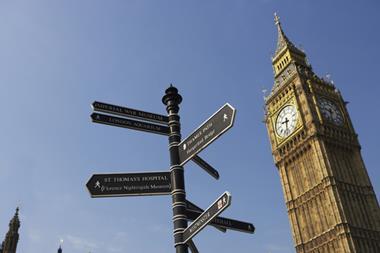
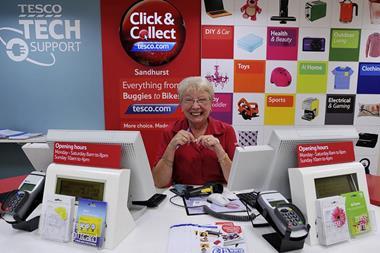


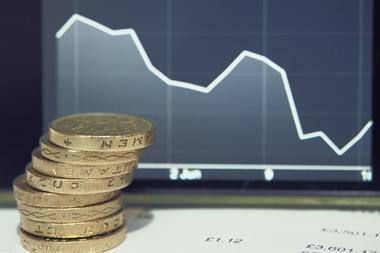
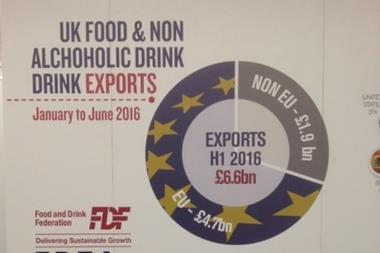
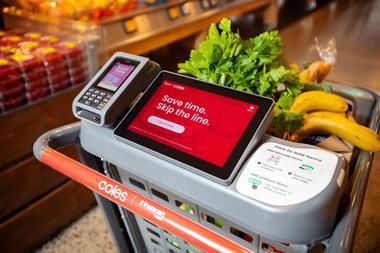





No comments yet